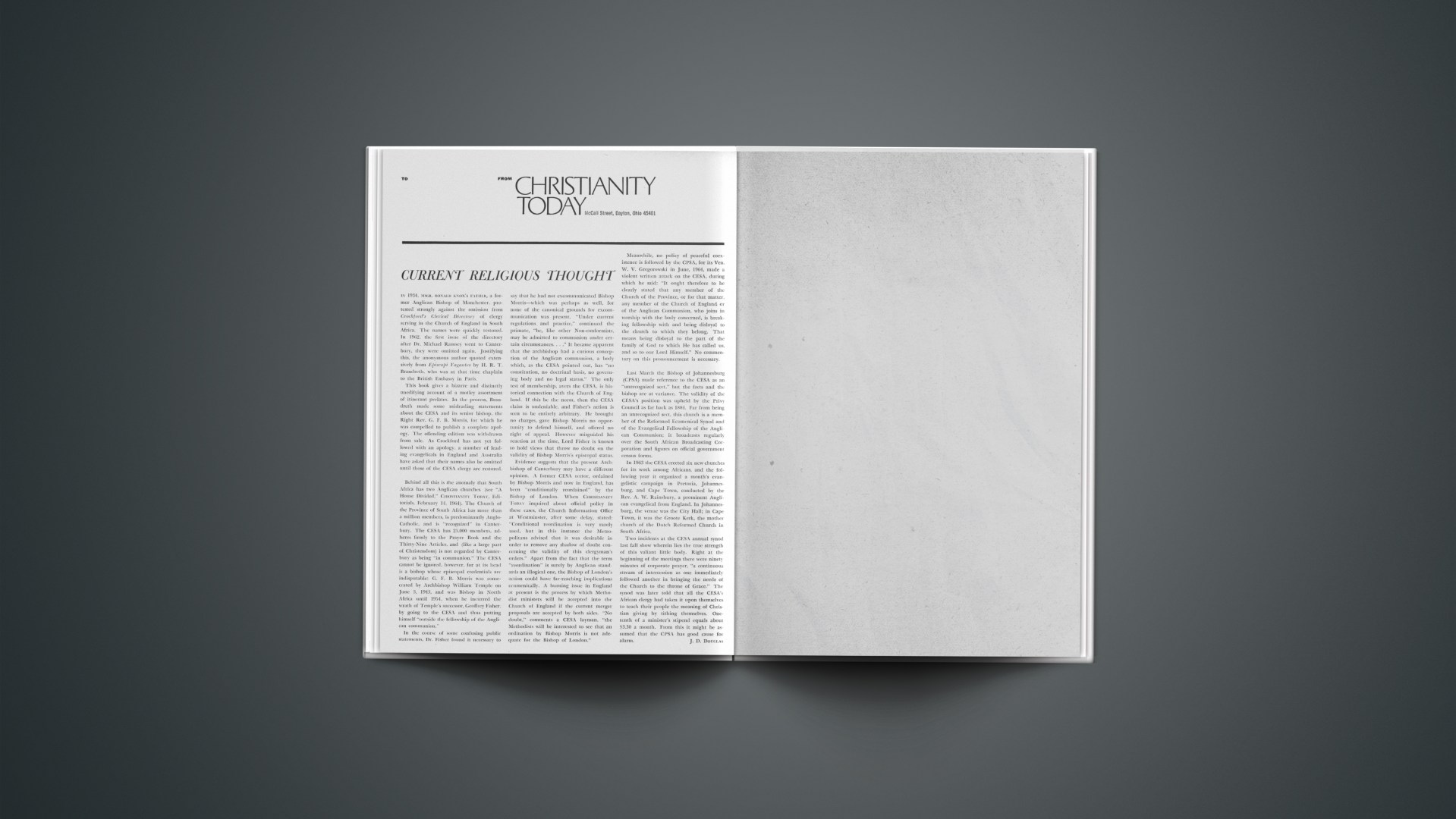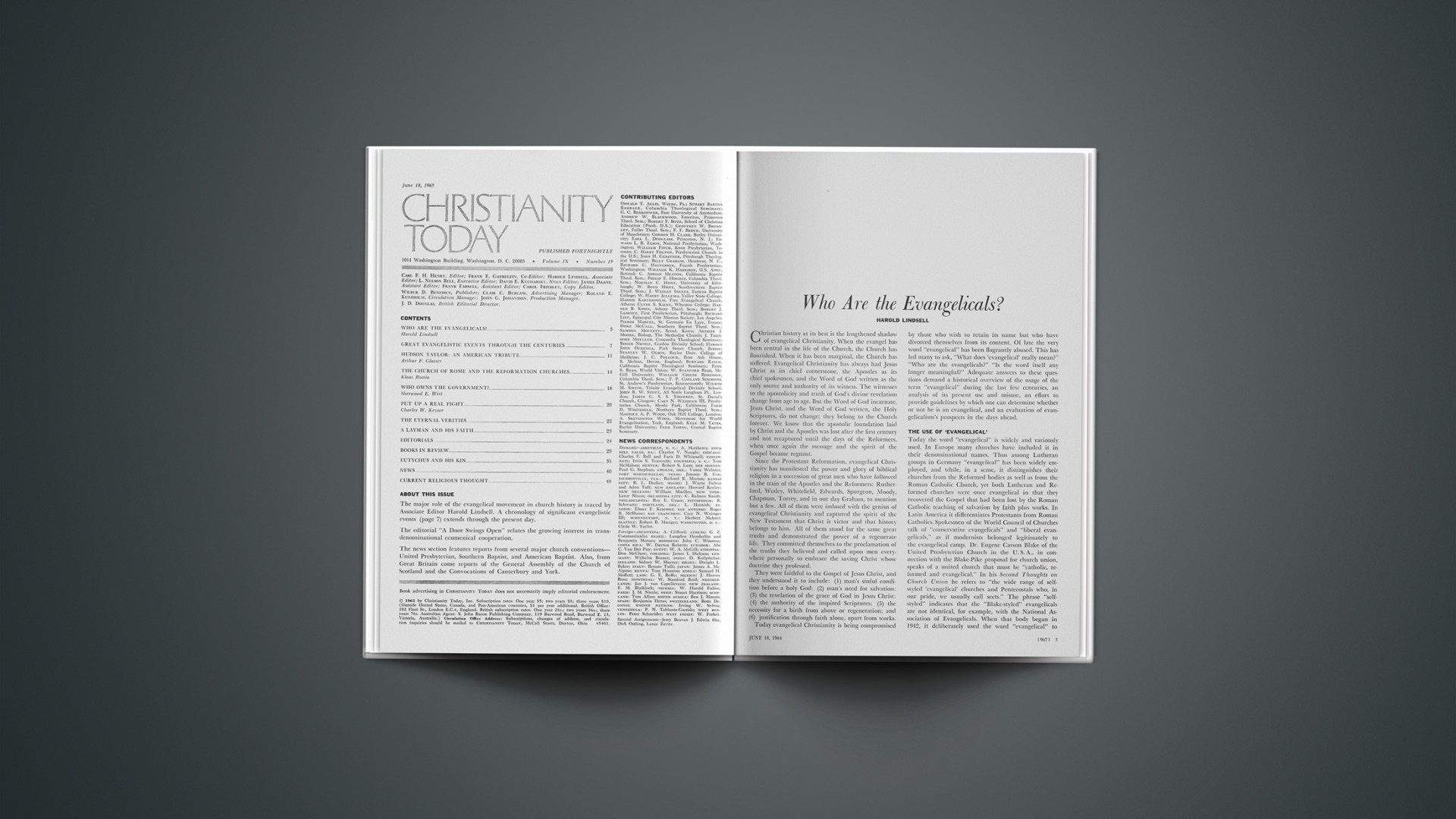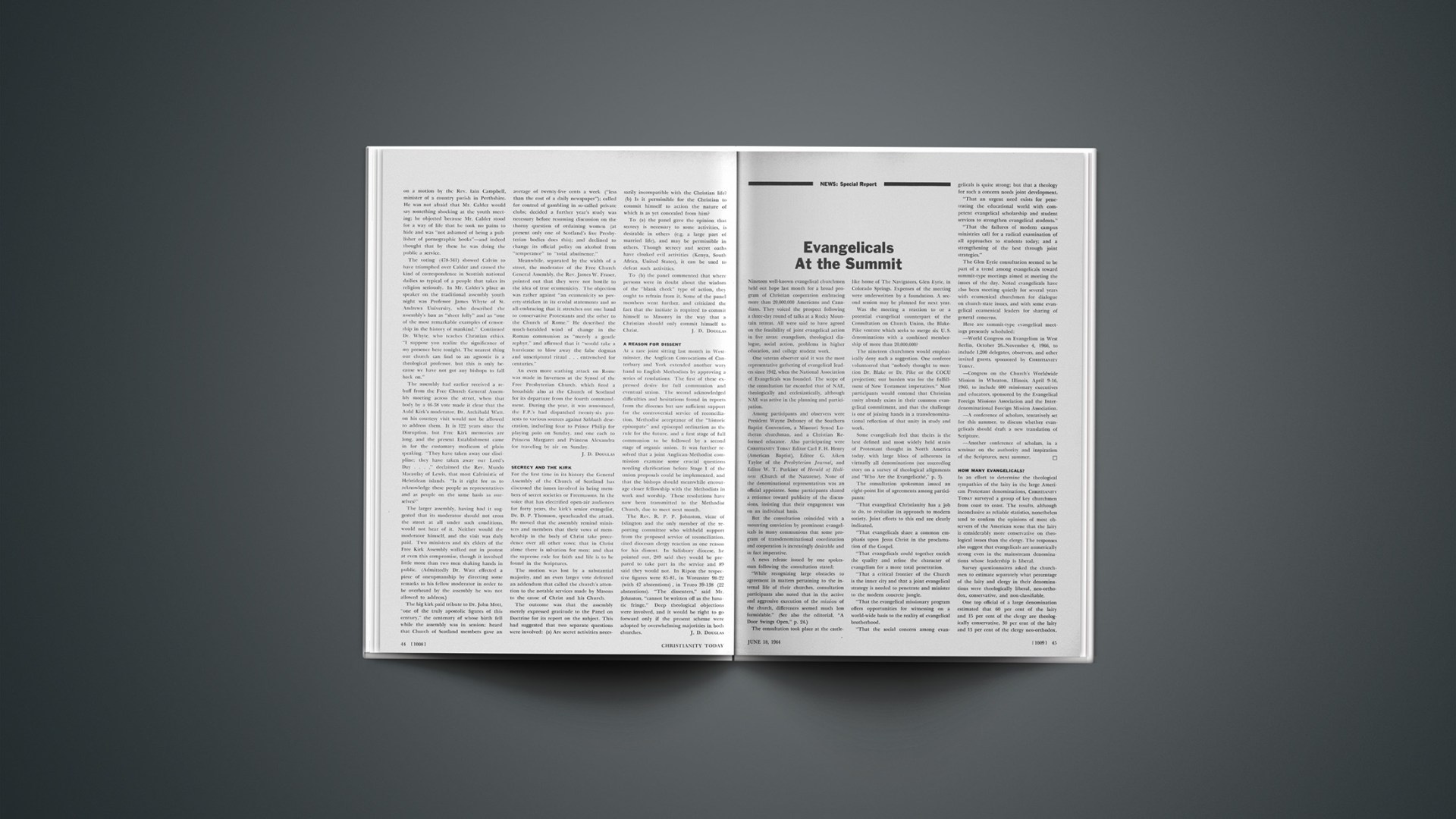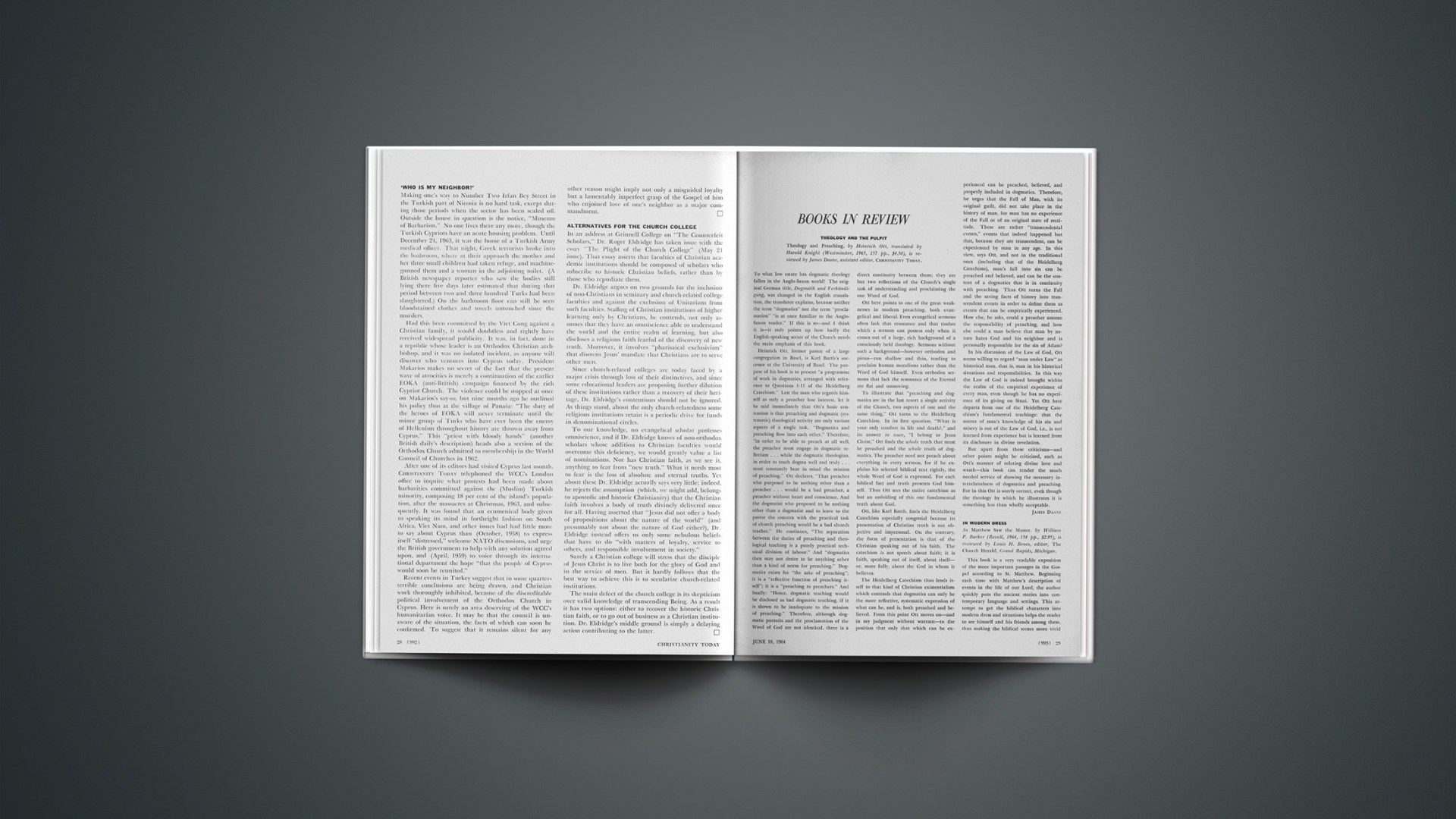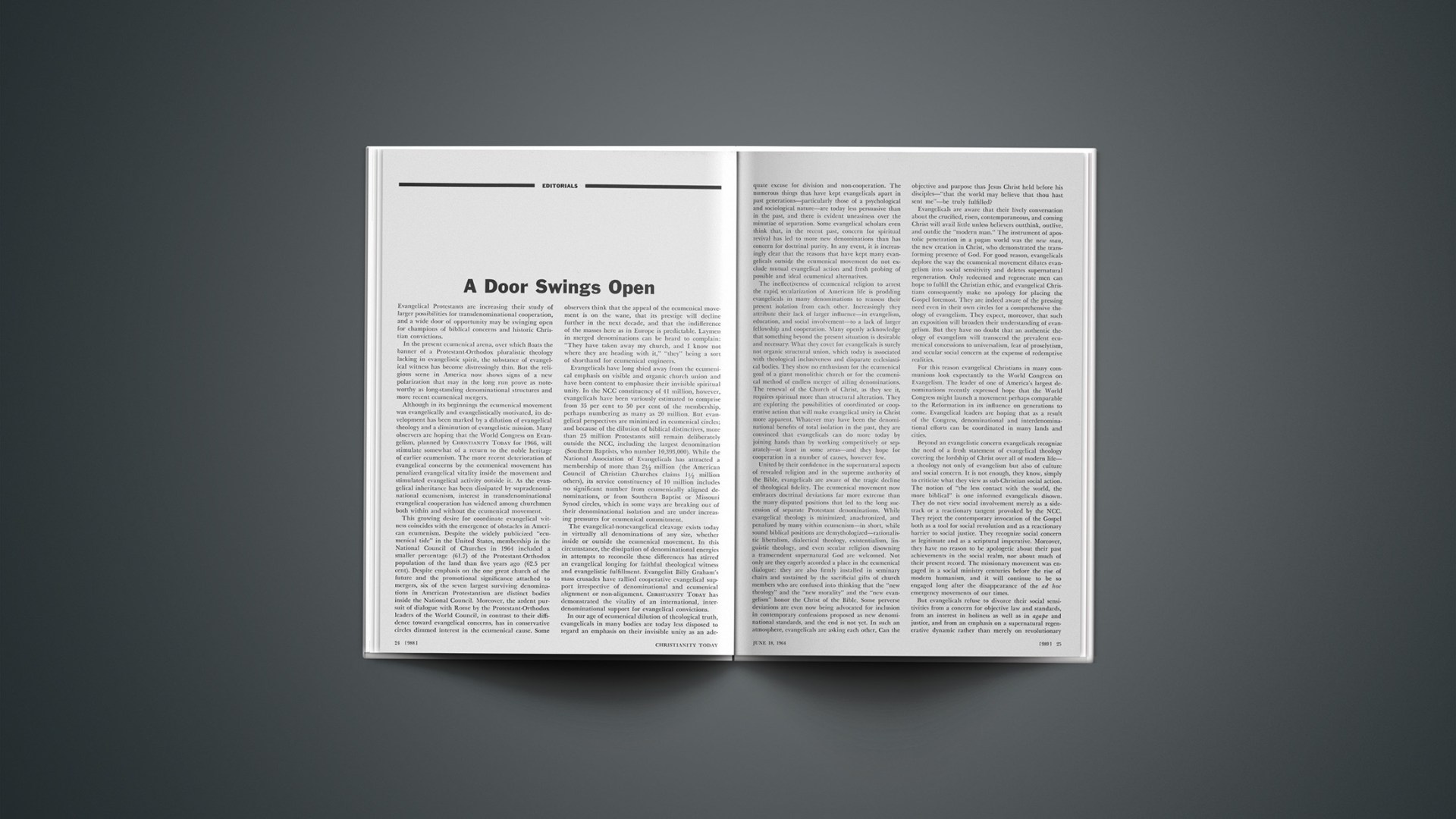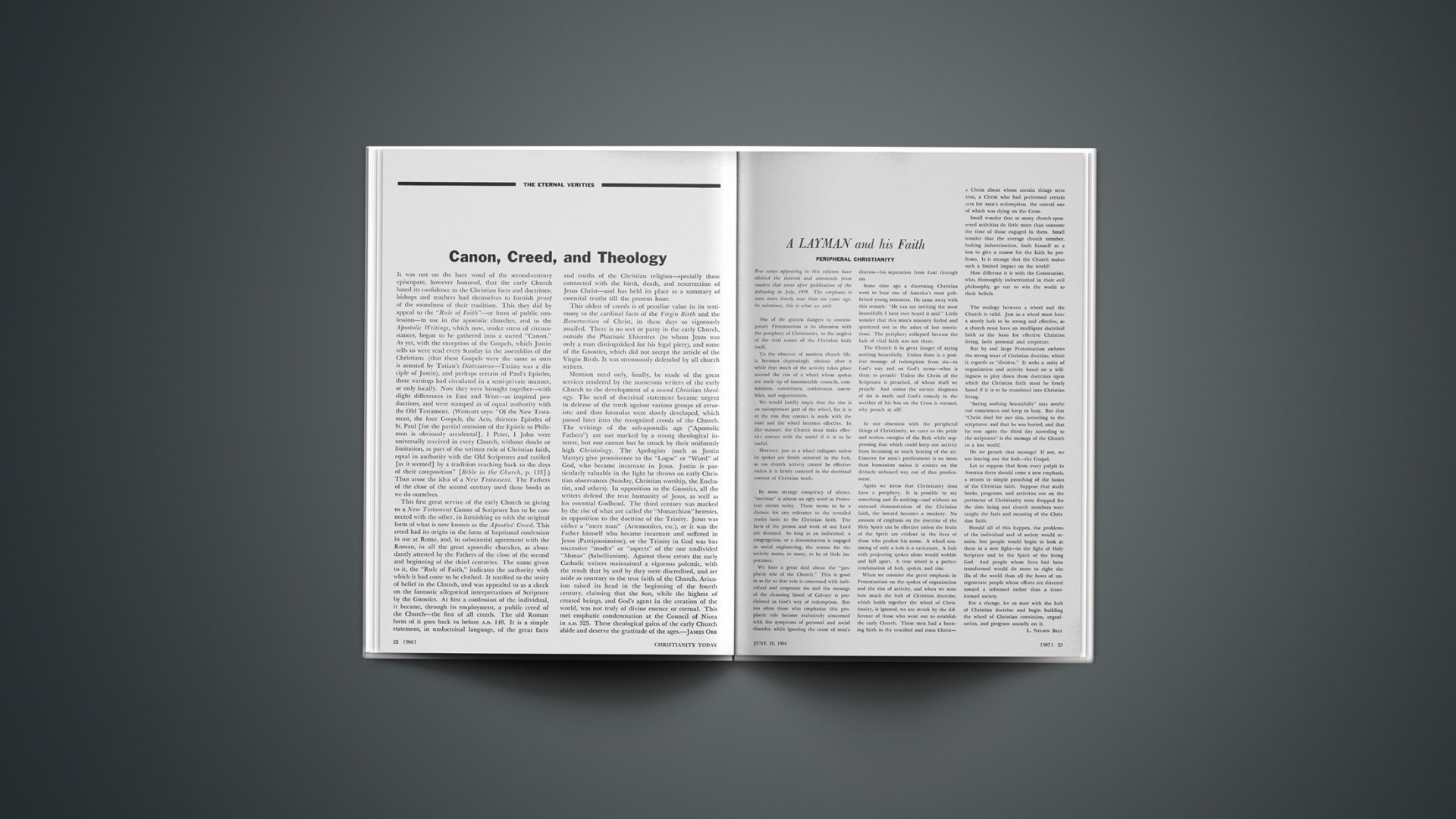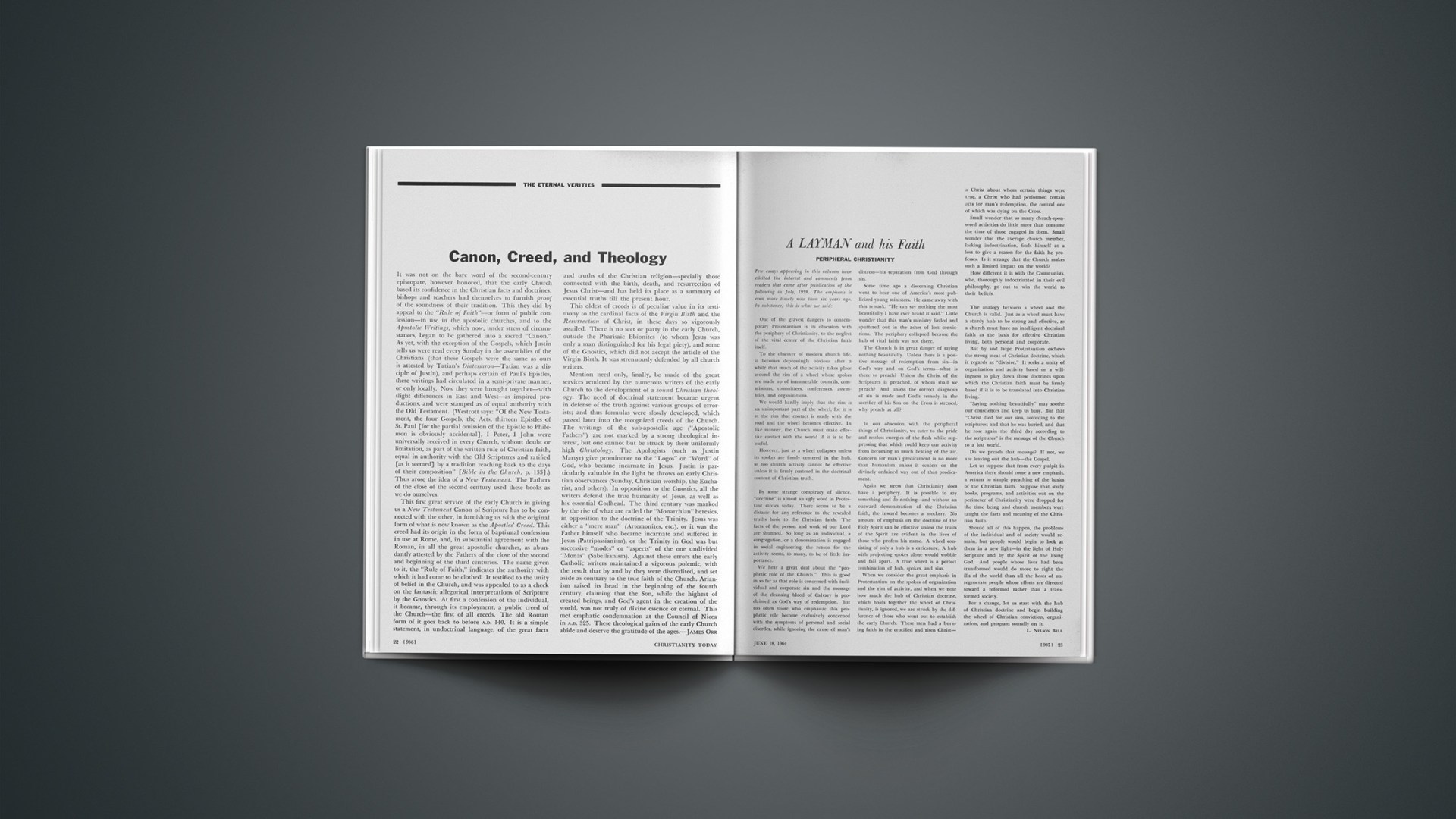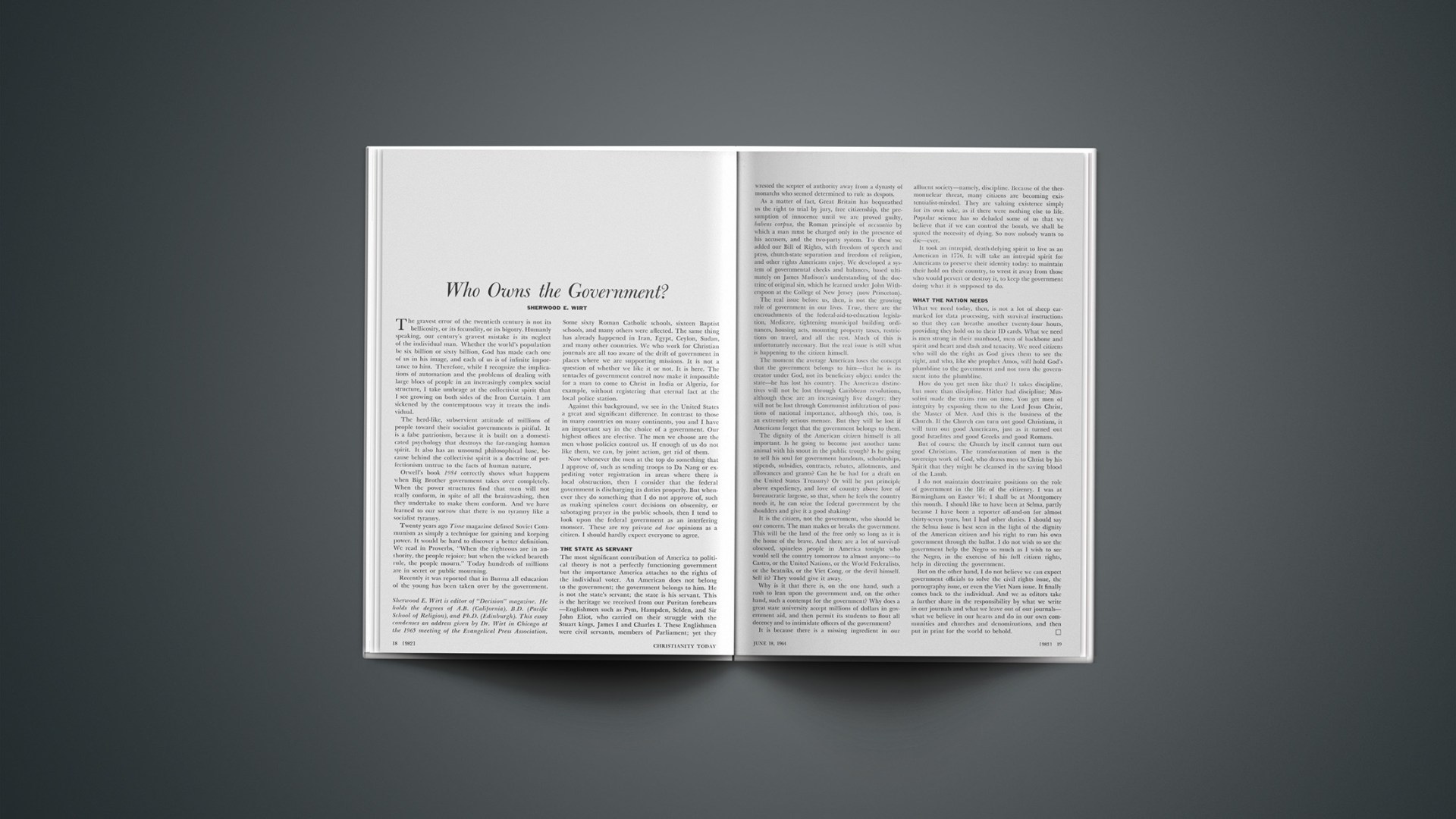In 1934, msgr. Ronald knox’s father, a former Anglican Bishop of Manchester, protested strongly against the omission from Crockford’s Clerical Directory of clergy serving in the Church of England in South Africa. The names were quickly restored. In 1962, the first issue of the directory after Dr. Michael Ramsey went to Canterbury, they were omitted again. Justifying this, the anonymous author quoted extensively from Episcopi Vagantes by H. R. T. Brandreth, who was at that time chaplain to the British Embassy in Paris.
This book gives a bizarre and distinctly unedifying account of a motley assortment of itinerant prelates. In the process, Brandreth made some misleading statements about the CESA and its senior bishop, the Right Rev. G. F. B. Morris, for which he was compelled to publish a complete apology. The offending edition was withdrawn from sale. As Crockford has not yet followed with an apology, a number of leading evangelicals in England and Australia have asked that their names also be omitted until those of the CESA clergy are restored.
Behind all this is the anomaly that South Africa has two Anglican churches (see “A House Divided,” CHRISTIANITY TODAY, Editorials, February 14, 1964). The Church of the Province of South Africa has more than a million members, is predominantly Anglo-Catholic, and is “recognized” in Canterbury. The CESA has 25,000 members, adheres firmly to the Prayer Book and the Thirty-Nine Articles, and (like a large part of Christendom) is not regarded by Canterbury as being “in communion.” The CESA cannot be ignored, however, for at its head is a bishop whose episcopal credentials are indisputable: G. F. B. Morris was consecrated by Archbishop William Temple on June 3, 1943, and was Bishop in North Africa until 1954, when he incurred the wrath of Temple’s successor, Geoffrey Fisher, by going to the CESA and thus putting himself “outside the fellowship of the Anglican communion.”
In the course of some confusing public statements, Dr. Fisher found it necessary to say that he had not excommunicated Bishop Morris—which was perhaps as well, for none of the canonical grounds for excommunication was present. “Under current regulations and practice,” continued the primate, “he, like other Non-conformists, may be admitted to communion under certain circumstances.…” It became apparent that the archbishop had a curious conception of the Anglican communion, a body which, as the CESA pointed out, has “no constitution, no doctrinal basis, no governing body and no legal status.” The only test of membership, avers the CESA, is historical connection with the Church of England. If this be the norm, then the CESA claim is undeniable, and Fisher’s action is seen to be entirely arbitrary. He brought no charges, gave Bishop Morris no opportunity to defend himself, and offered no right of appeal. However misguided his reaction at the time, Lord Fisher is known to hold views that throw no doubt on the validity of Bishop Morris’s episcopal status.
Evidence suggests that the present Archbishop of Canterbury may have a different opinion. A former CESA rector, ordained by Bishop Morris and now in England, has been “conditionally reordained” by the Bishop of London. When CHRISTIANITY TODAY inquired about official policy in these cases, the Church Information Office at Westminster, after some delay, stated: “Conditional reordination is very rarely used, but in this instance the Metropolitans advised that it was desirable in order to remove any shadow of doubt concerning the validity of this clergyman’s orders.” Apart from the fact that the term “reordination” is surely by Anglican standards an illogical one, the Bishop of London’s action could have far-reaching implications ecumenically. A burning issue in England at present is the process by which Methodist ministers will be accepted into the Church of England if the current merger proposals are accepted by both sides. “No doubt,” comments a CESA layman, “the Methodists will be interested to see that an ordination by Bishop Morris is not adequate for the Bishop of London.”
Meanwhile, no policy of peaceful coexistence is followed by the CPSA, for its Ven. W. V. Gregorowski in June, 1964, made a violent written attack on the CESA, during which he said: “It ought therefore to be clearly stated that any member of the Church of the Province, or for that matter, any member of the Church of England or of the Anglican Communion, who joins in worship with the body concerned, is breaking fellowship with and being disloyal to the church to which they belong. That means being disloyal to the part of the family of God to which He has called us, and so to our Lord Himself.” No commentary on this pronouncement is necessary.
Last March the Bishop of Johannesburg (CPSA) made reference to the CESA as an “unrecognized sect,” but the facts and the bishop are at variance. The validity of the CESA’s position was upheld by the Privy Council as far back as 1884. Far from being an unrecognized sect, this church is a member of the Reformed Ecumenical Synod and of the Evangelical Fellowship of the Anglican Communion; it broadcasts regularly over the South African Broadcasting Corporation and figures on official government census forms.
In 1963 the CESA erected six new churches for its work among Africans, and the following year it organized a month’s evangelistic campaign in Pretoria, Johannesburg, and Cape Town, conducted by the Rev. A. W. Rainsbury, a prominent Anglican evangelical from England. In Johannesburg, the venue was the City Hall; in Cape Town, it was the Groote Kerk, the mother church of the Dutch Reformed Church in South Africa.
Two incidents at the CESA annual synod last fall show wherein lies the true strength of this valiant little body. Right at the beginning of the meetings there were ninety minutes of corporate prayer, “a continuous stream of intercession as one immediately followed another in bringing the needs of the Church to the throne of Grace.” The synod was later told that all the CESA’s African clergy had taken it upon themselves to teach their people the meaning of Christian giving by tithing themselves. One-tenth of a minister’s stipend equals about $3.30 a month. From this it might be assumed that the CPSA has good cause for alarm.

